By Matt Stirn, Summit Program Manager & Photojournalist
This January while running Summit’s Uganda workshop I visited my 50th country. Working as a photojournalist and Summit instructor I have had the chance to visit some incredible places which have taught me some important lessons when it comes to packing and traveling with photography gear. While everyone has their own preferences and some tactics will work for some and not others, here are five tips I have found to be incredibly helpful over the years.
1. Pack For Your Destination
First and foremost, before beginning to pack for your upcoming trip, think carefully about where you will be, what you will be shooting, and what it will be like there while you are outside. When staring at all of the possible gear to pack in my office closet, the first question I usually ask myself is ‘How will I be getting around’? For example, in Kenya we typically drive everywhere so I can pack a heavier telephoto lens whereas in Uganda we are hiking, so lightweight is key. Knowing what kind of pictures you will be taking is also extremely important. If you don’t absolutely need a zoom lens, like in Cuba for example, don’t worry about traveling with it. Under the same premise, if you are going somewhere famous for birds and insects, make sure to pack the telephoto and don’t forget to bring a macro! If I am going someplace new I will often search the internet or Instagram to learn more about what we might encounter, and then plan accordingly. Last but not least, think hard about what the environment and weather will be like. In the rainforest for example I only bring cameras that can handle a bit of a beating (and precipitation) whereas a city or safari I don’t typically worry as much.
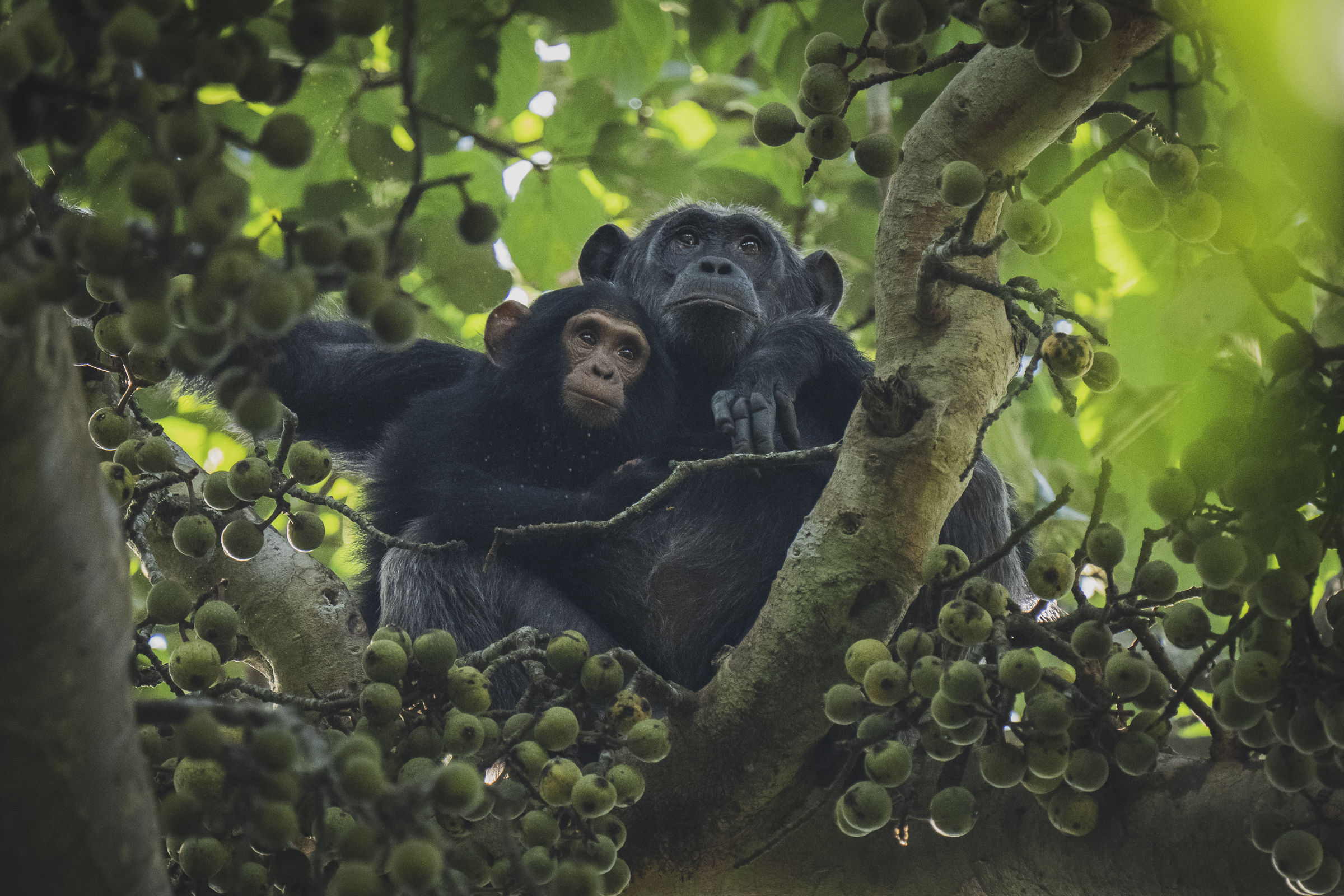
Photo by Morgan Heim at Summit Uganda Workshop. Shot on the Sony a7RIV with the 600mm G-Master Lens
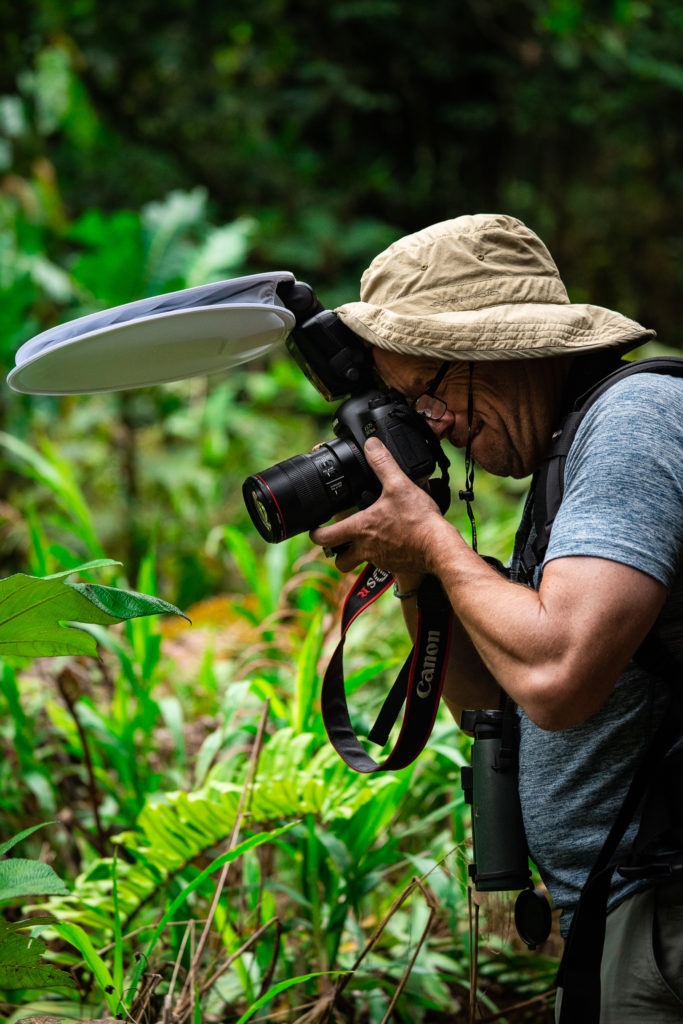
Photo by Will Stirn at Summit Peruvian Amazon Workshop. Shot on the Sony a7III with the Sony FE 100-400mm F4.5-5.6 GM OSS.
2. Don’t Overpack
During my first trip to the Amazon I packed an entire rolling suitcase of camera equipment. I shuttled three camera bodies, no less than ten lenses, multiple flashes, three tripods, and enough extra batteries to power a small city. By the end of that trip I had only picked up one camera, two lenses, and a single flash….everything else simply sat there baking in the tropical sun and threatening to pull a muscle in my back each time I lugged the bag in and out of our motorized canoe.
While it is always tempting to bring more than you think you will need – just in case – the reality is that simplicity is key and you will often have a more enjoyable and overall easier experience with an appropriate amount of gear. Customs officers LOVE to inspect rolling Pelican cases so if you can manage to fit everything into your backpack or carryon without the bag being too heavy – congratulations you have just mastered the art of packing for a photography trip!
Matt’s Gear From Recent Trips:
Cuba:
- One Sony a7c body
- One wide angle lens (Sony 16 – 35mm)
- One portrait lens (Sony 40mm prime)
Kenya/Uganda:
- One Sony a7riii body
- One Sony a7c body
- A telephoto lens (Sony 200 – 600mm)
- A wide angle lens (Sony 16 – 35mm)
Peruvian Amazon:
- One Sony a7riii body
- One Sony a7c body
- A telephoto lens (Sony 200 – 600mm)
- A wide angle lens (Sony 16 – 35mm)
- A macro lens (Sony 90mm macro)
- Flashes (one speedlight with a remote)
3. Think Beyond The Camera
While cameras and lenses are the most important items to think about when packing for an upcoming trip, there are other items that are just as important.
Backup Devices: Pack two different backup drives for your images and be sure to download to both at the end of each day. On your way home put one in your suitcase and the other in your carryon to maximize redundancy.
Converters: One of the best things I have ever purchased for travel was an international power strip with a built in surge protector. It has three outlets and six USB ports which is especially helpful on a photography trip with so many devices to charge! I also have two or three smaller power converters that I sprinkle between my checked and carryon bags so I always have one.
Cleaning Gear: On any trip regardless of the destination, your gear will get dirty. Bring lens cloths, a brush, and sensor blower if you can fit it.
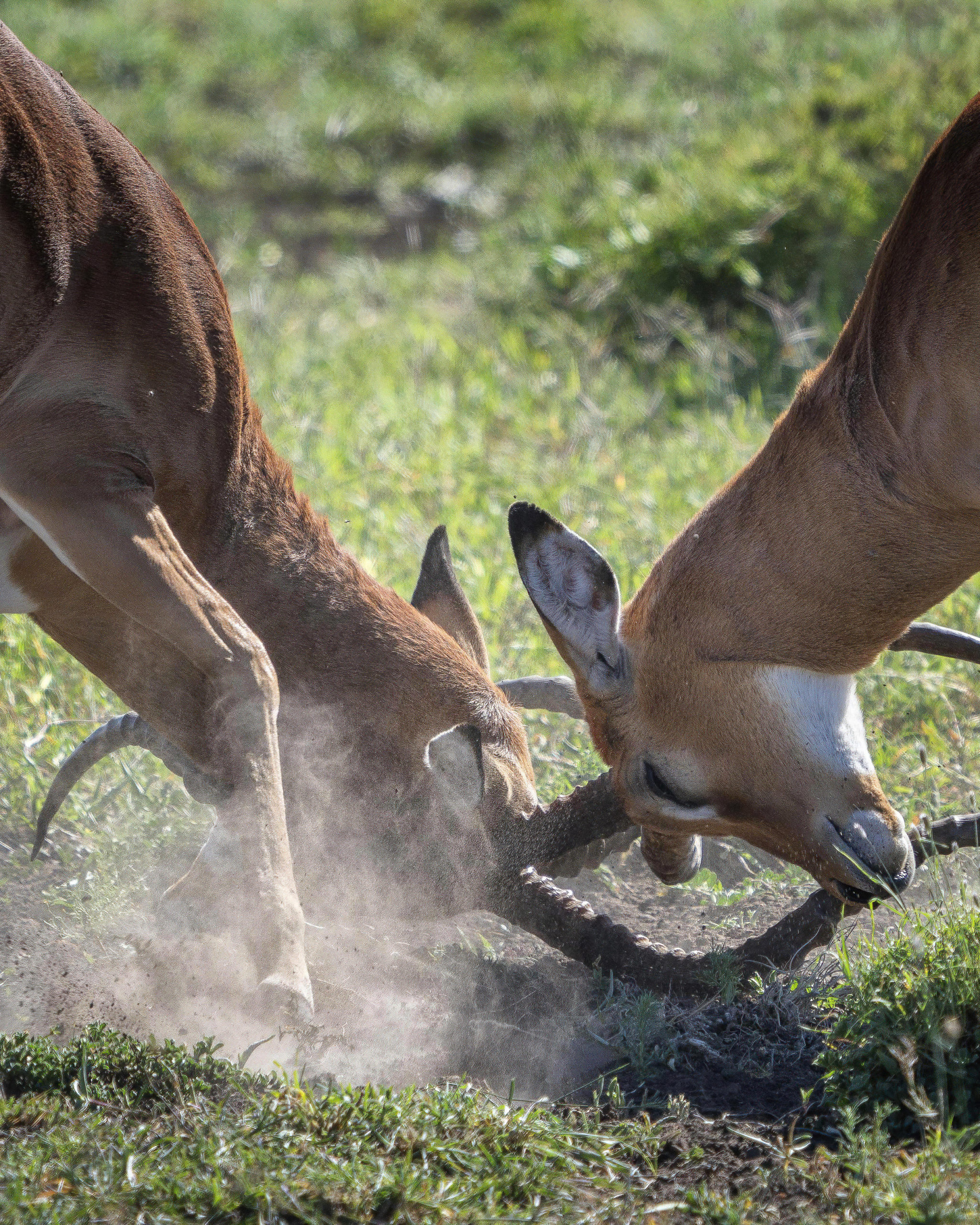
Photo by Matt Stirn at Summit Kenya Workshop. Shot on the Sony a7RIII with the Sony FE 200-600mm F5.6-6.3 G OSS.
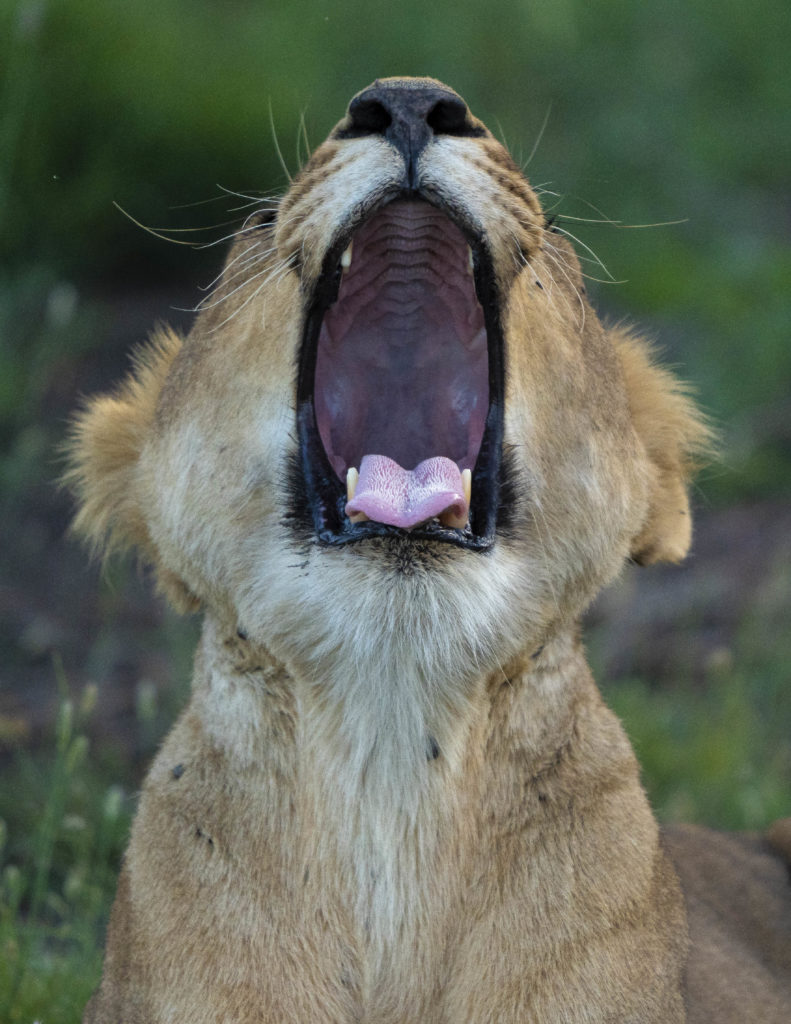
Photo by Matt Stirn at Summit Kenya Workshop. Shot on the Sony a7RIII with the Sony FE 200-600mm F5.6-6.3 G OSS.
4. Rent!
I have spoken to so many people who want to go to places like Africa but claim they can’t because they don’t own a big enough lens. Rental companies such as Lens Rentals (who occasionally offer discounts for Summit students!) make it incredibly easy and affordable to bring extra gear on an international trip. So if you don’t have something, like a second camera body or telephoto lens, consider renting!
5. Prepare For The Worst
Every traveler’s worst nightmare is to arrive at their destination and find that their luggage never made it. The best thing you can do is pack as if this is guaranteed to happen, and then be pleasantly surprised when it doesn’t. I put as much as I can in my carry-on, and make sure that I have at least one camera body and lens that will allow me to make the most of the trip if nothing else makes it. Because of this tactic, I have stopped bringing telephoto prime lenses and instead pack smaller zoom versions (like the Sony 200 – 600) that I can carry in my backpack. I also always buy travel insurance that will help cover costs of temporary clothes and sometimes even gear if my suitcase doesn’t arrive….it’s saved me several times.
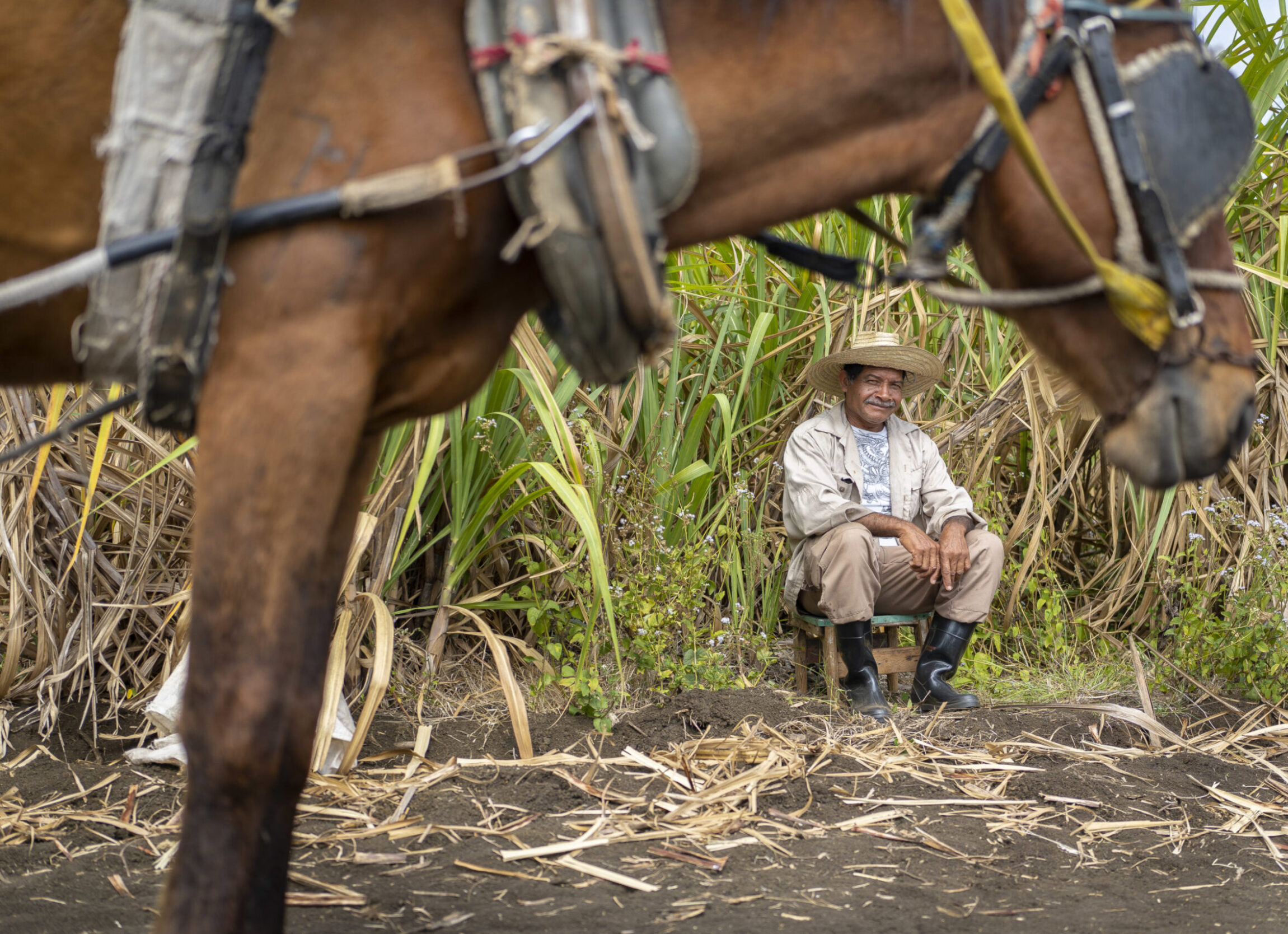
Photo by Matt Stirn at Summit Cuba Workshop. Shot on the Sony a7C with the Sony FE 40mm F2.5 G.



